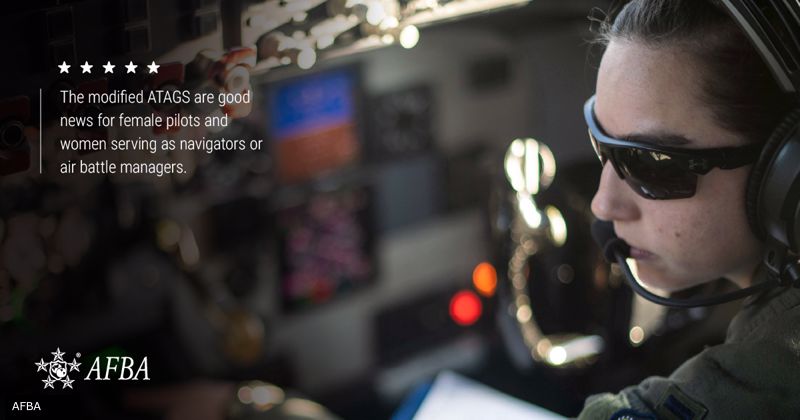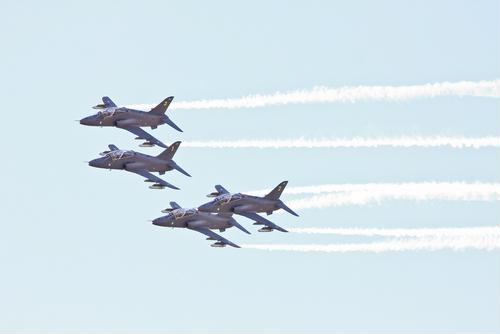The U.S. Armed Forces continue to push technological innovation while boosting inclusion for all of its brave servicemembers. One recent example of this is how women jet fighter pilots may have a better-fitting and safer G-force suit available in the near future.
The Air Force announced the testing of a modified version of the Advanced Technology Anti-Gravity Suit (ATAGS) by five female fighter pilots in late October 2020. This is good news for the more than 800 female pilots and approximately 580 women serving as navigators or air battle managers.
Design problems with the current ATAGS
ATAGS, sometimes referred to as G-suits or anti-G suits, are worn by fighter pilots to protect them from the extremely high G-force exerted on their bodies during flights. Without these protections in place, pilots would be susceptible to losing consciousness or suffering hypoxia (a lack of oxygen to tissue cells) during maneuvers in fighter aircrafts.
One such protection includes an inflatable bladder that pushes blood toward the wearer's torso and exerts pressure on their lungs. This prevents a pilot from blacking out from the acceleration that can cause blood to pool in the bottom half of the body.
Up until now, pilots used a version of the ATAGS that was designed in 2001 and used body specs taken from pilots in the 1960s. This means the suits were designed primarily for male bodies. Further, due to the nature of the suits' protections, they are not easy to adjust for a better fit, let alone adjust to a completely different body type. This means shorter pilots with smaller frames don't receive the full protections from the current design of the suits, such as proper performance of the waist bladder.

How the suits were redesigned
The new ATAGS design stems from the joint effort between the Air Force Life Cycle Management Center (AFLCMC) and AFWERX, a U.S. Air Force program that fosters a culture of innovation within the service, according to a U.S. Air Force news release.
The redesign addressed two key areas. The first modification includes wider lacing panels at the waist, thigh and calf. This will allow for more adjustments to accommodate a greater variety of body proportions. The second big change is that the suit now comes with a darted waist. This tailored waist design does not interfere with the inflatable waist bladder but allows for a better fit.
"In the past, some pilots with a shorter torso have had issues with ATAGS that were too large riding up and causing bruising on the rib cages, while pilots who are hard-to-fit may have had one size that fits through the legs, but need a smaller size in the waist," said Charles Cruze, an AFLCMC Human Systems Division engineer. "Now, the waist can be darted up to 3.75 inches, allowing for a more custom and accurate fit, preventing both of those issues."
Results of the new design's tests
After testing and evaluating the new suits with five pilots and one aircrew member, the results came back with overwhelming praise for the redesign.
Capt. Brittany Trimble, an F-16 Fighting Falcon instructor pilot, relayed her positive experience testing the modified ATAGS in the announcement. "I definitely noticed improvement with the new updates and the darted waist in particular," said Trimble.
Following this positive review, the 46th Test Squadron will next draft a test report on its findings. While the modified flight suit is not yet approved, the current acquisition strategy could put the updated ATAGS into use within 12 to 24 months.
This is a great step forward for the Air Force, and just one of many new improvements for ensuring the safety of its female service members.

